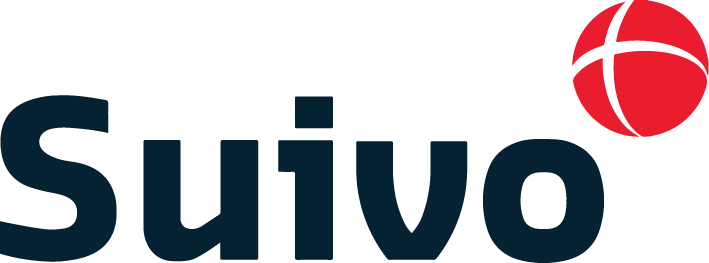Asset tracking is a solution with a high ROI, often already paying itself back in only 6 months. Of course, a lot depends on your business and its scale. If you have only a couple of valuable assets, you probably won’t need to invest in a tracking system as it won’t pay for itself over time. Looking at the business cases and experience we’ve acquired over the last few years, there are 7 things often tracked with an asset tagging system that pay themselves back quickly.
1. Location
Traditionally, a track and trace system was mainly used just for location. This is often done with a GPS signal and could be send out from a lot of different types of hardware (eg. Blackboxes, autonomous trackers, etc.)
Knowing where your assets are has a lot of benefits. When we’re talking about vehicles for examples, you can use this information for planning and dispatching. But also responding quickly to last-minute deliveries becomes a breeze. Or in other cases, if you have an idle inventory somewhere, it’s easy to know what to find in which location without losing time searching. And we all know, time is money, especially in highly competitive industries. Avoiding things like ghost assets, and paying insurance or maintenance for them, is another way to benefit from tracking location. It’s so common for assets to simply fall through the cracks and remain unreported.
2. Operating status: on, off, idling
When you connect a tracker to a powered asset like a machine, tool or vehicle there area few ways to find out if the machine is turned on or off, being used or just idling. Depending on the machine, this can be tracked by either movement or vibration, or simply by connecting a tracker with a CAN-bus interface to the engine. When you analyze how often your machines are being used, you can come to business decisions like selling some of the unused ones, automatically have the asset turn off when idling too long, etc. On the long term, this will save a lot of energy or fuel, overstock or even knowing when it’s time to scale up your inventory.
3. ID of operator/driver
Knowing who is using an asset, is very useful for a lot of admin related tasks. Things like payment for working/driving hours, insurance, or questions about damages etc. are backed up by objective data. Nobody likes discussions, so this is an easy way around it. In many industries like construction, payment is different for hours driving towards a construction site vs. working there. There is also a difference between the payment for the driver vs. passengers when commuting. This can all be automated by a driver/passenger ID in the vehicle and an attendance registration booth on the site.
4. Maintenance
When working on any project,it is important that the tools and machines used are safe and well maintained. Not only for your workers’ safety, but also to avoid more permanent damages to the asset. Asset tracking software can provide work orders and scheduled maintenance accessible to employees in the field. This type of software also provides transparency so the stakeholders can track the progress of repairs, examine the maintenance history and identify recurring problems. Setting up reminders for routine maintenance and other key service dates becomes easy and accessible.
5. Inspections
Having your equipment pass inspections and certified properly is a must in companies that are dependent on their tools and machines for their business. Setting up maintenance checklist, workflow for inspections and planning in renewals of certifications isn’t an excessive luxury. Doing all of this manually leaves a long paper trail and requires a lot of working hours of both your admin and inspectors. Automating and digitizing this process can add up quickly to a very interesting ROI when you start calculating your savings.
6. Damages
Delivering a good job is often related to having centralized real-time equipment data accessible to workers and stakeholders at any time, everywhere. This often starts even before the actual job; having all repairs on the needed machinery and equipment done properly and effectively. Throughout the process there should also be a way to quickly manage damages, register them and create work orders to fix them or find replacements. After a project it’s beneficial to assess the condition of your assets and assign tasks to repairs or make them available to reassign to the next project on the books.
7. Fuel usage
Just like the operating status in the 2nd bullet of this blog post, you can measure this with a CAN-BUS interface. With this connection you can read all the information in the engine of a machine/vehicle and see it in an interface like a dashboard in your asset management platform. Fuel usage can be tracked on a very detailed level; acceleration, driving style analysis, excessive use,etc. all to a level of the driver/operator of the asset even. The main benefit is to save on fuel and cost, but also educate operators where necessary. Preventing accidents by using data and anticipating unsafe behavior is so important, because there is no margin when it comes to safety and human lives.
A digital future
For any company with valuable assets or a large quantity of assets, asset tracking software can be very helpful to work organized, save time and money. For many construction, installation, utility or transport companies, your workers can only be as productive as their tools, machines and vehicles allow them to be. Equipment must be maintained and inspected, machines used safely and smart, vehicles routes should be optimized in the most time- and fuel-efficient way. Searching manually through spreadsheets, calling your workers to find out where they are, discussions with clients over working hours or delivery times are just a thing of the past.
Want to know how this would apply to you? Schedule a free demo to discuss your business case!
Want to read a bit more first? Check out our client cases here!






